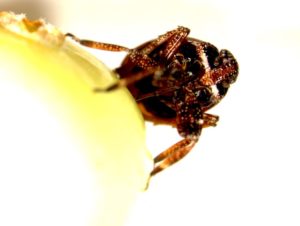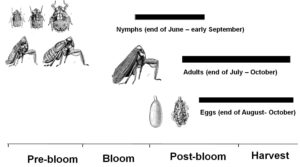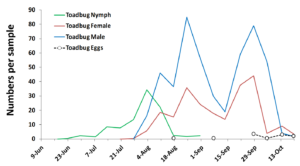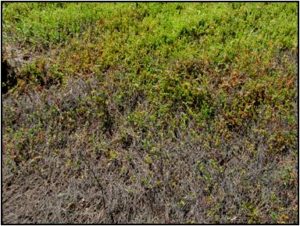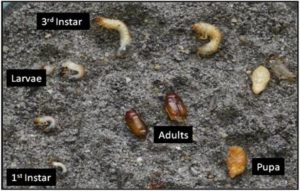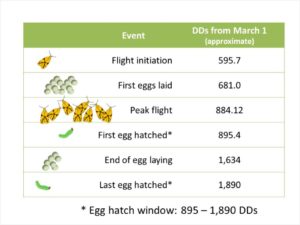Dear Fruit Growers and Industry Professionals:
Please take a few minutes to fill out this spotted-wing drosophila (SWD) survey:
https://ugeorgia.ca1.qualtrics.com/jfe/form/SV_3NVhWTGnleU3bP7
This multi-state survey aims to help us to evaluate our research and educational efforts. Your participation will help us determine how growers and industry professionals have benefited from this project by asking questions regarding best management practices and satisfaction with the team’s efforts to organically combat the SWD pest.
Your answers will help improve our research and educational efforts to address this pest as well as providing accountability to our funder, the United States Department of Agriculture, National Institute of Food and Agriculture (USDA-NIFA). All responses are anonymous. No personal information will be collected.
Thank you for your time and interest in our efforts.
Dr. Cesar Rodriguez-Saona (Entomology)
On behalf of The SWD Research and Extension Team
